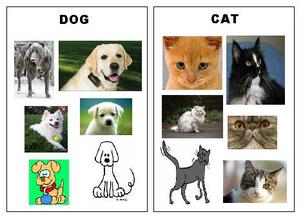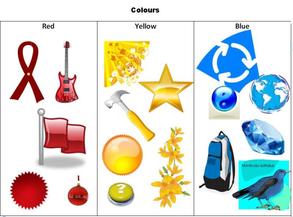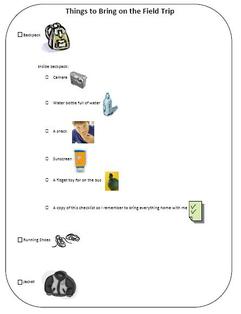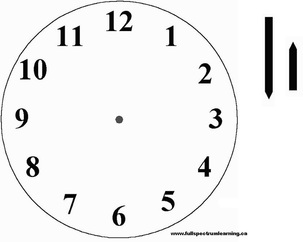Cognitive Supports
Executive Functioning involves the Cognitive Domain of the Self-Reg Framework, and we can reduce stressors in
this domain by providing organization in thinking and working, making the environment predictable, and
supporting planning and organizing skills.
this domain by providing organization in thinking and working, making the environment predictable, and
supporting planning and organizing skills.



